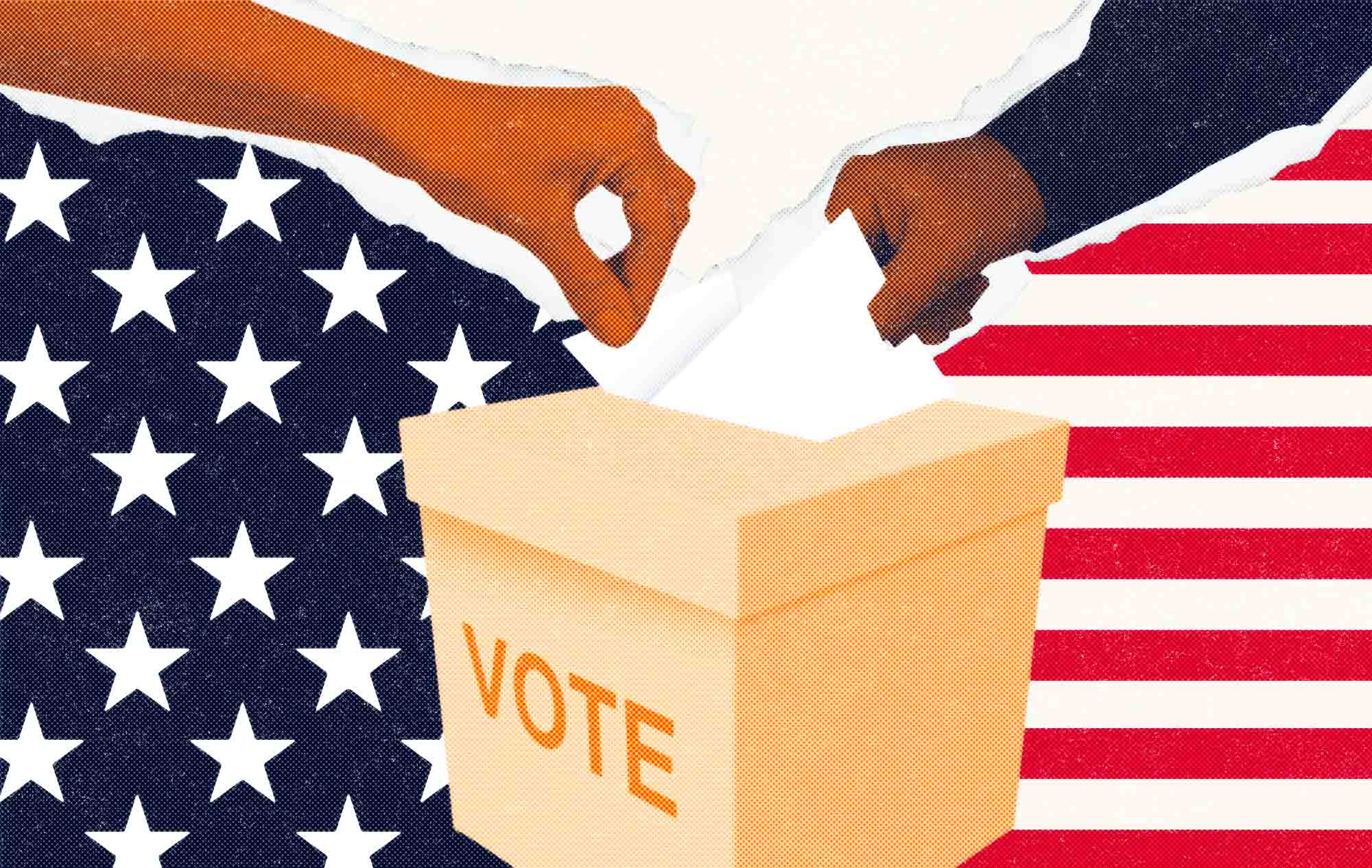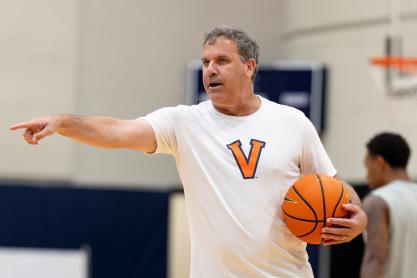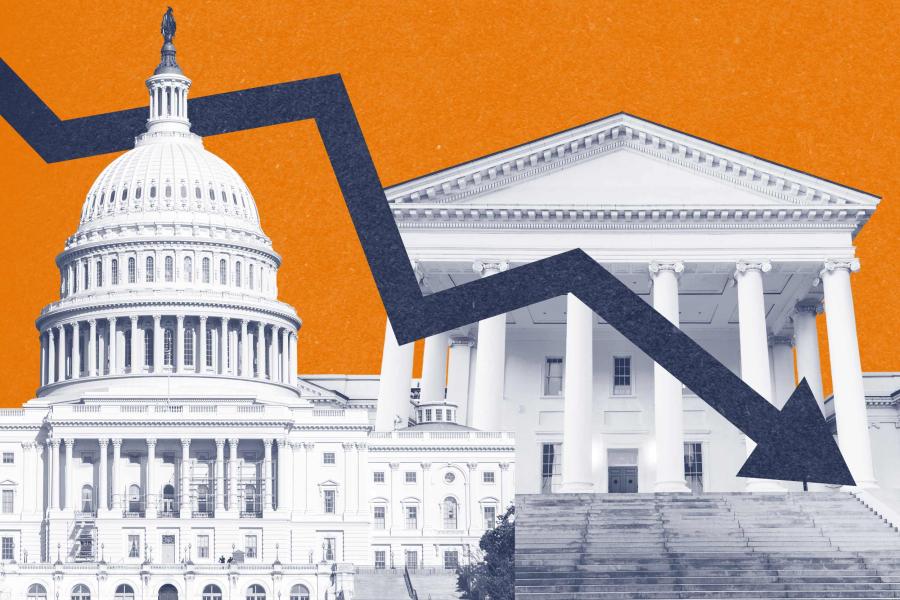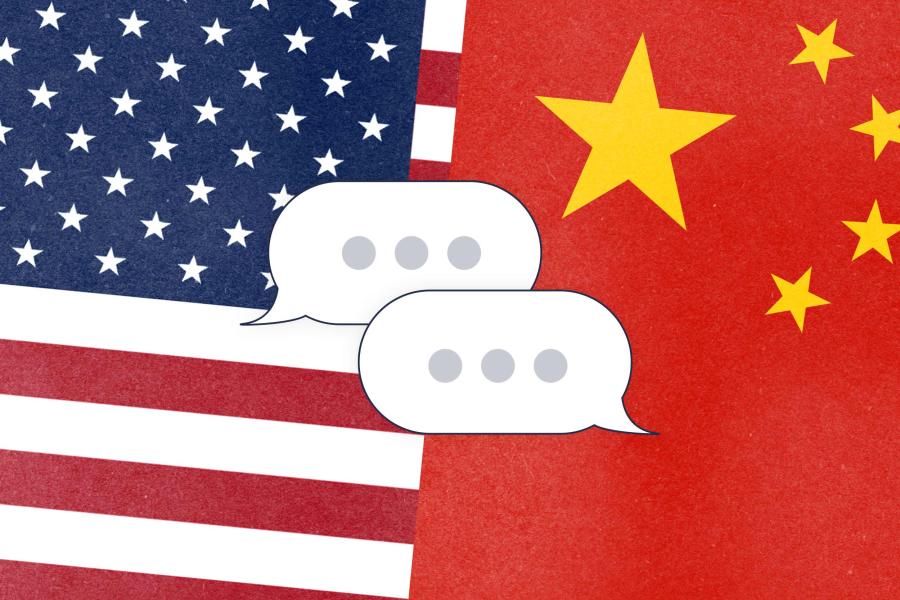Thanks to a U.S. Constitution quirk, the Electoral College and not the nation’s popular vote decides who will be the country’s top executive. Most Americans would like that changed.
When voters cast ballots, they’re actually voting to send a slate of electors representing their preferred candidate to the Electoral College. Each state is assigned a number of electors equal to the sum of its U.S. senators (two) and members of the U.S. House of Representatives (which varies by population).
The winner of the vote in the Electoral College takes the presidency, even if the other candidate wins the national popular vote.

Without the Electoral College, candidates would likely spend more time in major population centers, says Kyle Kondik, communications director for UVA’s Center for Politics and managing editor of the Sabato’s Crystal Ball newsletter. (Contributed photo)
“The Electoral College is written into the Constitution, and it was designed at a time when we didn’t have mass, participatory democracy. Over time, we evolved into having the latter, and so a modern representative democracy is essentially grafted onto this ancient system,” said Kyle Kondik, communications director for the University of Virginia’s Center for Politics and managing editor of Sabato’s Crystal Ball, the center’s nonpartisan newsletter on American campaigns and elections.
“It can be a little clunky,” he said.
With 535 senators and representatives in Congress, and adding three for Washington, D.C., the total number of electors is 538. At least 270 votes are needed to win the presidency. How states allocate their electoral votes is determined by their constitutions; 48 states use a winner-take-all system, while in Maine and Nebraska electors are chosen in each of the states’ congressional districts, with the overall state winner receiving the two electors representing their senatorial delegations.
The Electoral College was put into the Constitution as a political compromise.
“The goals were to provide some degree of balance to small and large states when it comes to electing the president and to remove people from direct election of the president because they were ill-informed,” said Jennifer Lawless, the Leone Reaves and George W. Spicer Professor of Politics and professor of public policy.
“A major problem is that it affords disproportionate power to small states. This was true from the beginning, of course, but the population disparities have grown in a way that the founders could never have imagined,” she said.

The Electoral College was “an imperfect compromise at the Constitutional Convention,” says Jennifer Lawless, the Leone Reaves and George W. Spicer Professor of Politics and professor of public policy. (Contributed photo)
The Electoral College dictates how candidates campaign because one can win the popular vote but lose the race in the Electoral College vote. Samuel Tilden, in 1876; Grover Cleveland, in 1888; Al Gore, in 2000; and Hillary Clinton, in 2016, suffered that fate.
In 2020, President Joe Biden beat former President Donald Trump by more than 7 million votes nationally, but his Electoral College victory depended on outcomes of a few close states.
That’s why modern candidates focus on a few states with close races. This year, they’re spending lots of time in Arizona, Georgia, Michigan, Nevada, North Carolina, Pennsylvania and Wisconsin.
“This is bad for civic engagement and democratic accountability,” Lawless said. “If the entire map was in play, then we would no longer have battleground states, where catering to a sliver of swing voters determines both parties’ campaign strategies.”
“Back in the 1960 election, Richard Nixon had a gimmick of visiting all 50 states,” Kondik said. “That sort of strategy made sense in 1960 because so many individual states were competitive. We had the Electoral College, but candidates could credibly compete for electoral votes all over the country.
“Now, we have a very competitive country overall, but relatively few of the states are competitive. This incentivizes the kind of state-specific targeting one sees today.”
The Electoral College has long been unpopular among voters and politicians. A September Pew Research Center poll showed 63% of Americans favor eliminating the college, including majorities of both Republicans and Democrats.







.jpg)


